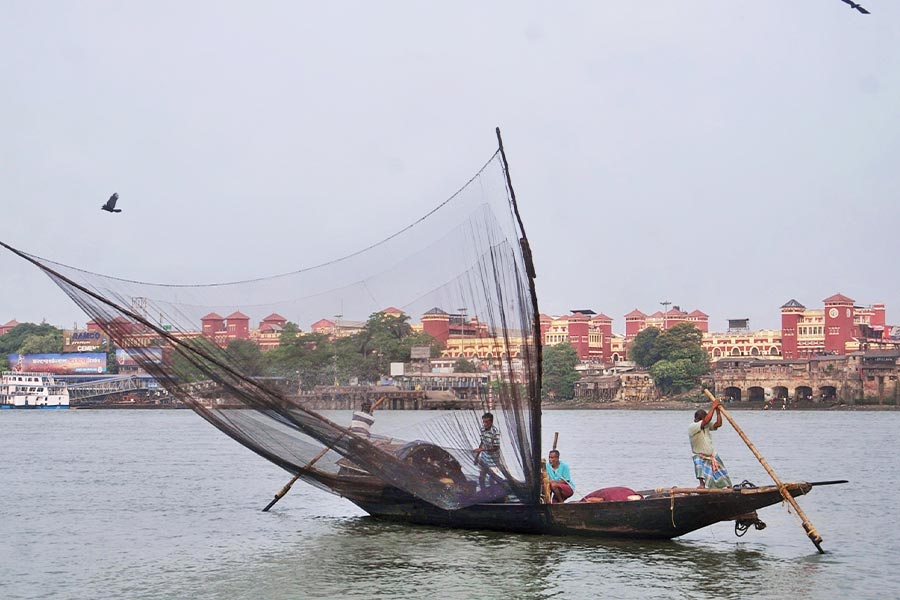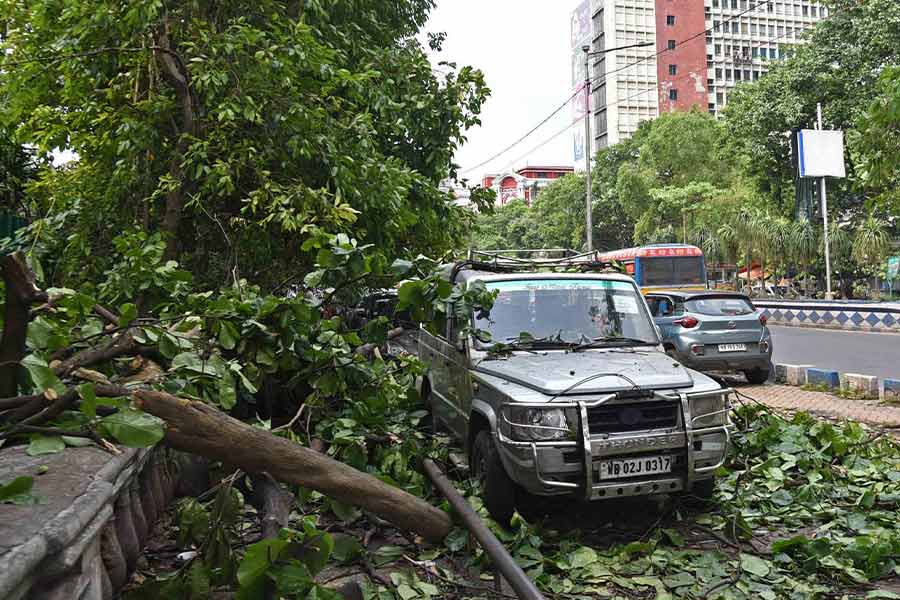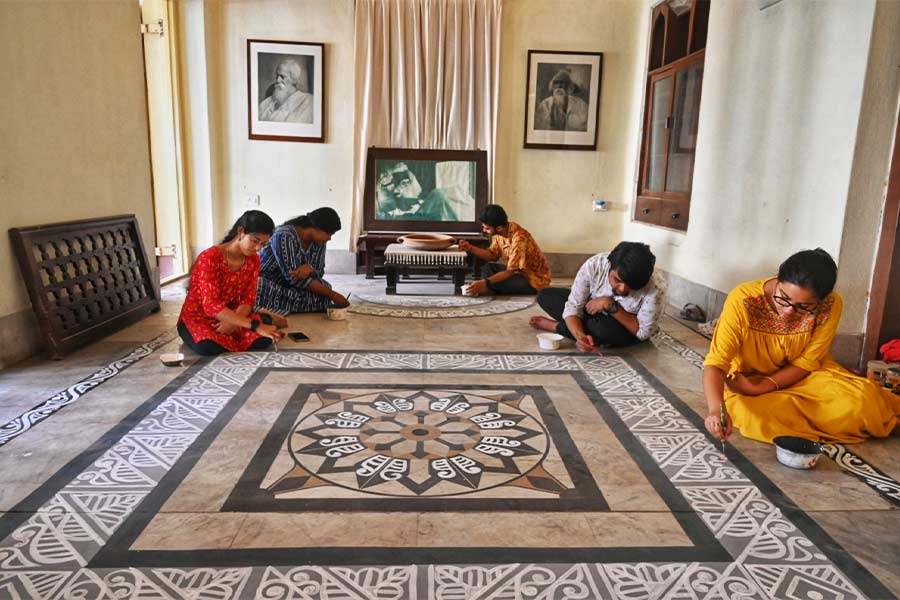Everyone with a rudimentary knowledge of world history is well aware of the D-Day landings on June 6, 1944 – the start of the iconic Allied Normandy landings of WWII. Nearly 1,60,000 Allied soldiers crossed the English Channel on June 6 and more than two million were in France by end of August. One of the most pivotal battles of the Normandy Theatre took place in August, 1944 – the Battle of Falaise Pocket. This ferocious contest ended in near decimation of the German Army Group B and opened up the road to Paris and the France-Germany border.
Now, what if I were to tell you that a Bengali from Calcutta played a pivotal role in this history-altering victory? This is the story of the first Indian pilot to achieve the rank of Wing Commander, the only Indian to win two Distinguished Flying Cross (DFC) medals and one who played a critical role in the famous Allied victory at Falaise Pocket.
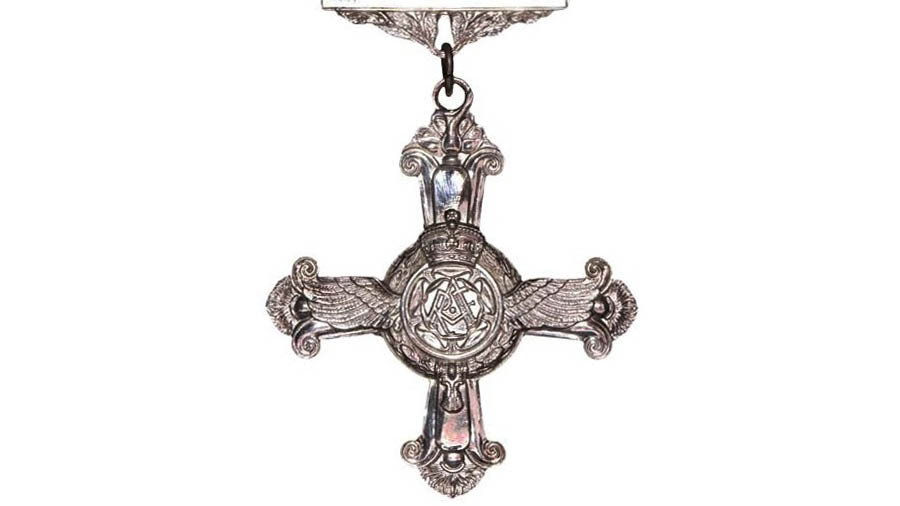
A Distinguished Flying Cross (DFC) medal
Wikimedia CommonsGrowing up, the bearded visage of Womesh Chunder (WC) Bonnerjee, the co-founder and first president of the Indian National Congress, was a permanent feature in our history books. On September 6, 1913, a boy was born in British Calcutta to WC Bonnerjee’s daughter – and was named Karun Krishna. Karun Krishna Majumdar received his schooling from St. Paul’s, Darjeeling. By the time he was in his teens, he was already over six-feet tall, and of strong build. It led to Karun Krishna picking up the nickname ‘Jumbo’ – one that stuck with him till his last day.
Jumbo and his elder brother, Jai Krishna, were both bitten by the flying bug. In 1932, the brothers cleared the air force entrance examination and travelled to UK – Jai joining Sandhurst and Jumbo took admission in Royal Air Force College, Cranwell. After completion of his training at Cranwell, Jumbo Majumdar was placed in 1 Squadron, Royal Indian Air Force, as a Flying Officer. Jumbo was a natural at maneuvering the skies and was soon promoted to Commander of “C” Flight division of the squadron. In June, 1941, Majumdar was promoted to lead the squadron and took up his first posting as Commanding Officer (CO) in Miranshah (in present-day Khyber Pakhtunkhwa, Pakistan).
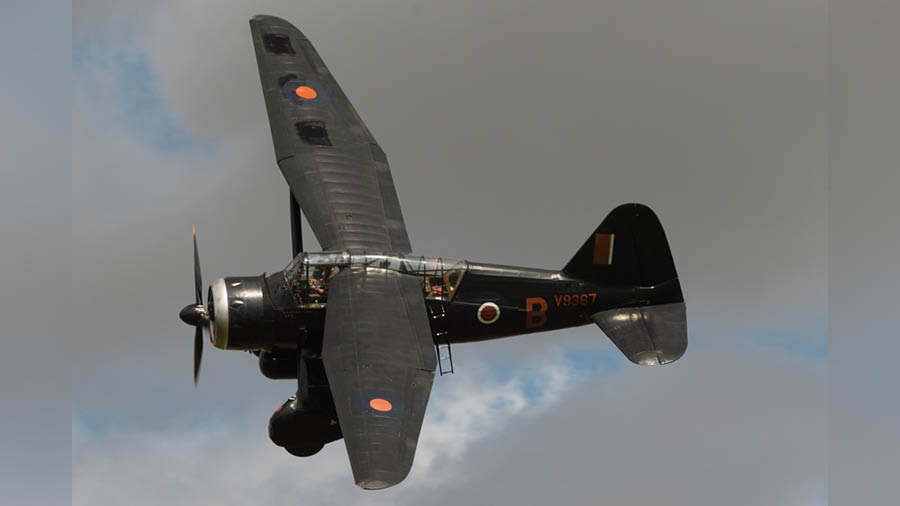
The Westland Lysanders Majumdar’s squadron flew in Burma were primarily reconnaissance aircrafts not made for fighting
Wikimedia CommonsBattle winds would come calling soon. In early 1942, Burma fell to the Imperial Japanese Army. No 1 Squadron was relocated to Burma in response and on January 31, Jumbo Majumdar arrived in Taungoo with his squadron. The very next day, Taungoo was bombed severely by the Imperial Japanese Army Air Force but 1 Squadron escaped damage – having hidden their aircrafts. Majumdar was now raring for payback, but the Westland Lysanders the squadron flew were primarily reconnaissance aircraft not made for fighting. Undeterred, Jumbo flew out solo, two 250-pound bombs strapped on his wings. New Zealanders from 67 Squadron, RAF, provided two Buffalos as his cover. Flying low near the tree tops to avoid detection, Jumbo Majumdar unleashed his payloads – and dealt much damage to the Japanese.
The very next day, the squadron raided again, this time a full sortie led by their CO and damaged aircrafts, hangars and radio antennae. Till their withdrawal from Burma in April, 1945, 1 Squadron became a thorn in the flesh of the Japanese – raiding time and time again. It earned the unit a commendation from General Wavell, Commander-in-Chief of Allied Forces in India and their CO a prestigious Distinguished Flying Medal (DFC).

Majumdar’s pictures of the Seine area and Falaise Gap served as pivotal inputs for the Battle of Falaise Pocket and were cited in the announcement of a Bar to his second DFC
Wikimedia CommonsJumbo spent the next two years in staff and training assignments, during which he was promoted to Wing Commander – first Indian to achieve the honor. But desk jobs were boring to Jumbo and he desperately wanted to return to action. In late 1943, he volunteered to serve in the European theatre and arrived in England in March of the next year. To serve in an operational role, Jumbo voluntarily accepted a demotion to Squadron Leader. After training in the Mustang recon aircraft, Jumbo Majumdar was commissioned into 268 Squadron, RAF, in early June, 1944.
In his first operational sortie on June 10, Majumdar flew over the Seine River, taking photographs and also strafed enemy ground targets. From that day, to September 20, Jumbo flew 65 recon sorties in 100 days in Mustang and Hawker Typhoon aircrafts. Two of these were perceived as outstanding examples of low-level flying – one over the bridges of Seine and the other over Falaise Gap in Normandy. Both were achieved while facing a hailstorm of flak from German guns from the ground. On one occasion, Jumbo was shot down, but successfully evaded the enemy and returned to the Allied lines. It wasn’t a first for him – he had similarly crashed from enemy fire in the dense jungles of Shaan in Burma, but somehow, managed to reunite with his squadron.

The P-51 Mustang, one of the planes Majumdar flew over the bridges of Seine and over Falaise Gap in Normandy
Wikimedia CommonsMajumdar’s pictures of the Seine area and Falaise Gap served as pivotal inputs in Field Marshall Montgomery’s plans for the Battle of Falaise Pocket and were cited in the announcement of a Bar to his DFC (second DFC in effect) in January, 1945. It made him the most decorated Indian pilot of WWII. He was already somewhat of a celebrity, having been featured among the 12 most outstanding airmen of the world by Life magazine in May, 1944.
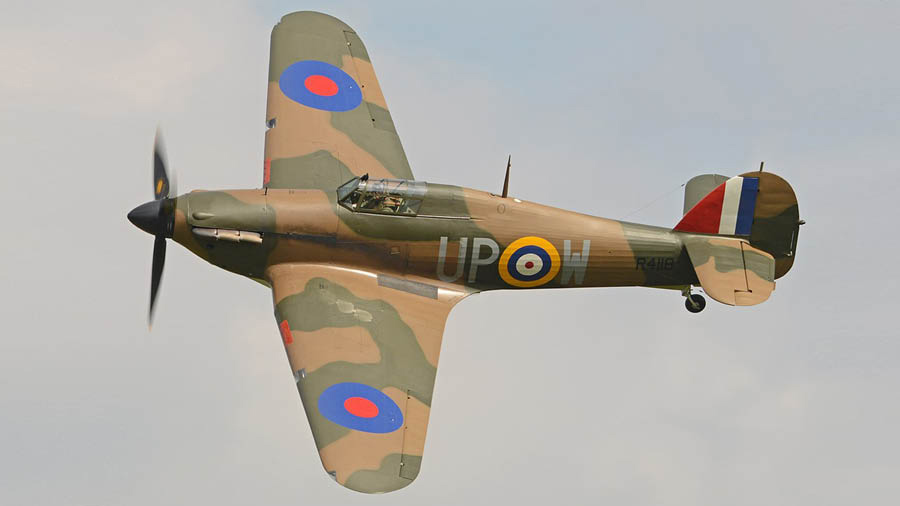
Majumdar died in a Hawker Hurricane crash
Wikimedia CommonsAfter the war, Jumbo Majumdar returned to India but fell victim to petty politics and racial discrimination. Despite his outstanding service record, he was left to primarily perform daredevil tricks in air shows. On February 17, 1945, at Walton airbase, Lahore, the Hawker Hurricane being piloted by Jumbo developed a snag and crashed, killing him on impact. He was 31. The aircraft had a history of problems but Jumbo, who never stood back from a challenge, dared to take it on, with tragic results.
To this day, his remains are buried at the Walton cemetery, with these lines etched on the gravestone: “Go, passers-by And do if you can as he did A Man’s part In defence of liberty.”





